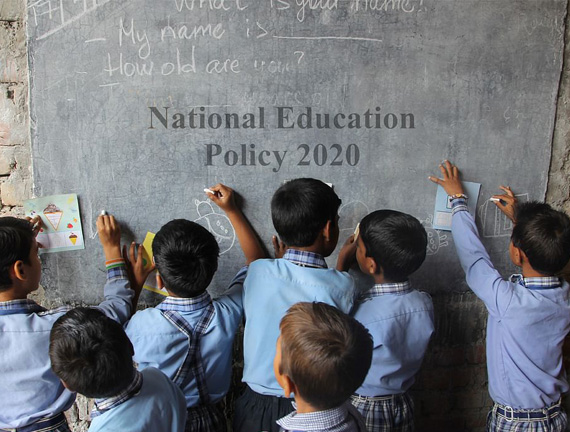

The
New Education Policy (NEP), which had been in the making for over five years,
is out. The last education policy was brought out 35 years back, and the nation
has moved fast forward during this period necessitating forward-looking policy
guidelines in the sector. Starting from Anganwadi, the new policy document leaves
its mark in the entire gamut of education up to Ph.D level. Some of the key
take-aways worth mentioning are: formal education will begin at three and there
will be no rigid separation between arts and science; every child to learn at
least one vocational craft from among skills like electric work, metal work,
gardening, pottery and many more; the choice of three languages -- at least two
of which should be native to India -- will be left to States and students,
instead of being imposed by the Centre as earlier envisaged; provision of
nutritious breakfast, besides the mid-day meal, in schools; use of
schools/school complexes beyond school hours for adult education and similar
courses; 6 per cent of the GDP will go for education which presently stands at
an abysmal 4 per cent; four-year undergraduate course with exit options; more
autonomy for colleges, etc.
But
the problem lies in implementation. The NEP talks about better learning
outcomes, but the ground reality, according to some reports, is that one out of
four teachers is absent in government schools. The new policy focuses on
quality education but in many States the percentage of teachers passing Teacher
Eligibility Test is 10 per cent or even less. Some surveys say that less than
half the students in Class 5 can read or do a math sum from Class 2 text. There
is a need to reverse the present trend of students leaving government schools
and moving towards private English medium schools even when parents find it
hard to make ends meet.
The
new policy has left several grey areas with a lot of scope for ambiguity. For
example, it recommends primary education in mother tongue. But in a country
with diverse mother tongues and much mobility among people, lack of a common
medium of teaching could lead to unprecedented problems. Another notable
feature is promoting critical thinking instead of rot learning. Ironically, the
very government that plans to boost free thinking is suppressing the same in
colleges and universities where students are intimidated to fall in line with
the thinking of the ruling party and its supporters. The policy talks about
promoting Indian ethos and culture, themes close to the heart of the present
regime. How are they going to be reflected in the curriculum will be known only
when the entire policy document is released and implemented. However, the
government’s track record of tampering with syllabus and textbooks at school
and college levels casts shadow over its intentions.
Howsoever
well-intentioned a policy may be, what matters is its execution. A partisan government
can tweak the policies to suit its ideology, defeating the core principles and
values. With lakhs of teaching posts lying vacant at school level, thousands of
posts unfilled in higher education institutions, and lack of infrastructure at
various levels, one can only make a guess on the success of the new policy till
the final result emerges. Till then educators are left with fears and cheers
depending on how one looks at the new policy.